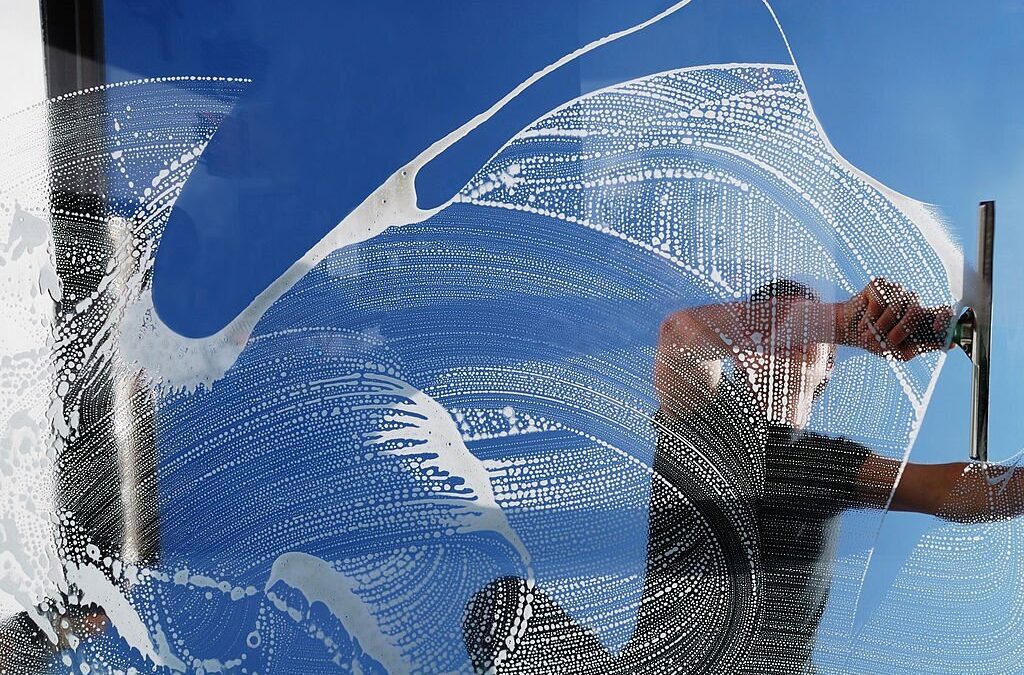If you’ve ever wondered how professionals clean their windows, this article will teach you how to do it yourself. In addition to giving you some simple tips on cleaning your windows, it also covers a range of practical techniques, from using a window squeegee to making your own vinegar-based window cleaning solution. Here’s how to clean your windows on a cloudy day!
How to make your own vinegar-based window cleaning solution
White vinegar is a natural cleaner for windows and is one of the cheapest ways to clean windows. Not only does it remove stubborn grime, but it also doesn’t leave any streaks or fumes. It can be bought in most grocery stores and is an inexpensive alternative to other window cleaners. Use a tablespoon or two to clean a window before washing it with distilled white vinegar.
You can purchase specialized window cleaners that promise to make your windows shine, but many of them are ammonia-based. This type of window cleaner often leaves behind streaks or foggy spots and should never be used on your car windows, as the residue could block the driver’s view. Homemade window cleaners are safe and non-toxic and can be tailored to your preference.
How to clean windows with a window squeegee
There are a few basic steps to follow when cleaning windows with a window squeegee. Using a wet chamois or microfibre cloth, squeegee the bottom of the window in a downward ‘S’ shape, wiping in between streaks and going top to bottom. Rinse and dry the squeegee after each use.
Using a squeegee isn’t hard. Start at the top of the window and move downwards until you reach the bottom edge. Repeat the process until you’ve removed all the water. If unsure of your technique, cut a squeegee in half and use the smaller end to clean windows.
How to clean windows on a cloudy day
When cleaning your windows, the first tip to remember is to wait for a cloudy day. The lack of direct sunlight reduces the chances of streaks and minimizes the amount of detergent needed to make your windows sparkling. Heat evaporates cleaner faster than wipes, so waiting for a more relaxed day is essential to avoid streaks and leave your windows sparkling. In addition, you should test the temperature of the window glass to ensure it’s not too hot.
For dirty windows, you can use washing up liquid. This can remove copious amounts of grime and dust. You can also use a microfibre cloth to wipe away the solution. Make sure you use the right amount of washing-up liquid, as too much will leave streaks. Ensure you wear gloves, too, as newspapers don’t last long when wet.


Recent Comments